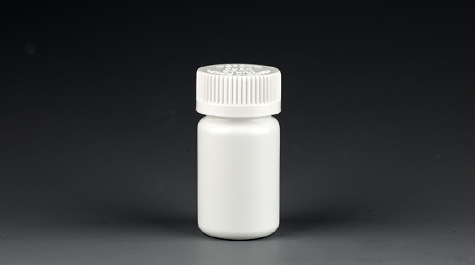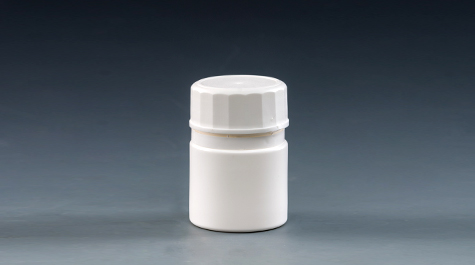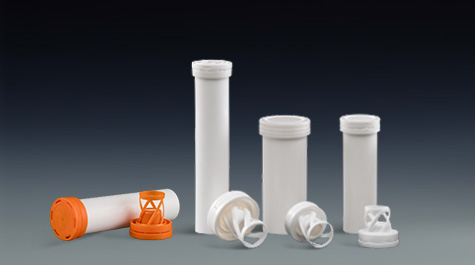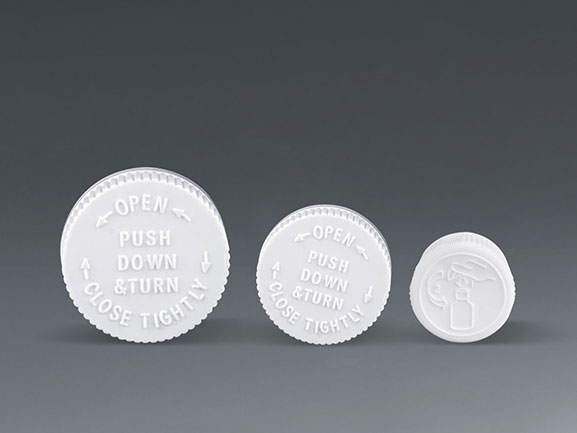The most common oral solid dosage forms are capsules and tablets, and oral powders and granules for reconstitution are also included in this group of dosage forms. The risk of interaction between packaging components and oral solid dosage forms is generally considered to be low, however, after reconstitution of powders in commercially available containers, there is a possibility of interaction between packaging components and the reconstitution liquid. Compared with the contact time between the components and preparations of liquid matrix oral preparations, although the contact time is relatively short, some considerations need to be taken into account for the evaluation of the compatibility and safety of the medicine bottle.
45ml plastic medicine bottle with CRC
A common medicine bottle is a plastic bottle with a twist or pull switch, usually a high-density polyethylene bottle or other flexible packaging, such as a pouch or blister pack, and the cap and inner seal of the pouch liner is a common Seal combination. If fillers, desiccants and other absorbent materials are used, they are also considered inner packaging components.
Oral solid dosage forms generally need to avoid the potential adverse effects of water vapor, as well as irradiation and reactive gases. For example, the presence of moisture may affect the decomposition rate of the active pharmaceutical ingredient or the dissolution rate of the preparation, so the container should choose a material with a low water vapor transmission rate, and the container closure system should be sealed to protect the drug product. USP has established 3 standard test methods for water vapor transmission rate for oral solid dosage forms.




没有评论:
发表评论